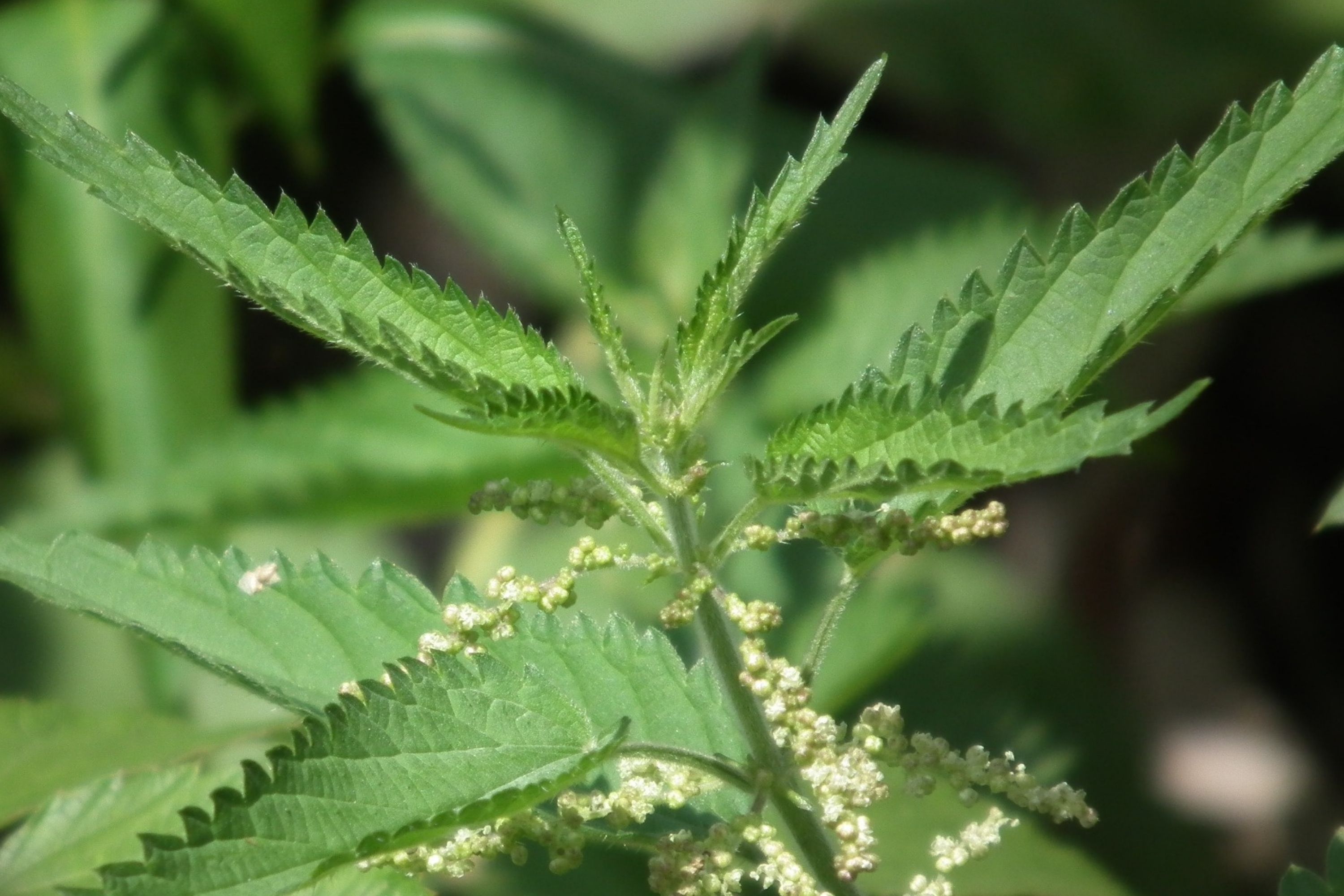Oldwood
(Leucosidea sericea)

Description
Leucosidea sericea, commonly known as oldwood, is an evergreen tree or large shrub that grows in the highland regions of southern Africa. It is the sole species in the monotypic genus Leucosidea. The name oldwood may reflect the fact that the wood burns slowly, as if old and rotting; the gnarled, twisted trunks reinforce this impression. Leucosidea sericea is a member of the Rosaceae, also known as the rose family. Although this family is very large and economically important worldwide, it is poorly represented in Africa generally and in southern Africa in particular. The genus name Leucosidea is a form of the Greek word (leukos), meaning "shining white", although in botany the root is more often used less specifically to indicate something of a generally white or gray appearance. The second or specific name sericea means "silky" and comes from (serikos), which means both "silky" and "from the land of silk"; it refers to the silky hairs that cover the new buds and young leaves of the tree. The English common name oldwood is simply a direct translation of the Afrikaans words "ouhout" or "oudehout", meaning the same thing. It is named for its appearance and tendency to burn slowly as if old and rotting. Oldwood is often a straggly shrub or a dense, small, evergreen tree, which grows up to 7 metres tall to 5 metres wide. It is single or multi-stemmed and branches low down. The bark is rough, reddish brown in colour and flakes off to reveal a smooth light brown under-bark. The leaves are alternately arranged, compound and covered with silky, silver hairs. Each leaf possesses 3 to 4 pairs of leaflets. The veins on the leaves are deeply sunken on the upper surface and protrude on the lower surface. The leaves are a dark green colour above and a lighter green colour below. The margins of the leaflets are deeply serrated. When the leaves are crushed they have a strong herb-like smell. The flowers are greenish-yellow in colour, star-shaped, and grow in spikes at the ends of young shoots in spring (August to September). The fruits are nut-like and about 3 mm in diameter (December to January). The flowers and young shoots of this plant are browsed by cattle and goats in spring. Oldwood produces nectar which is probably utilised by bees and other insects.
Taxonomic tree:







